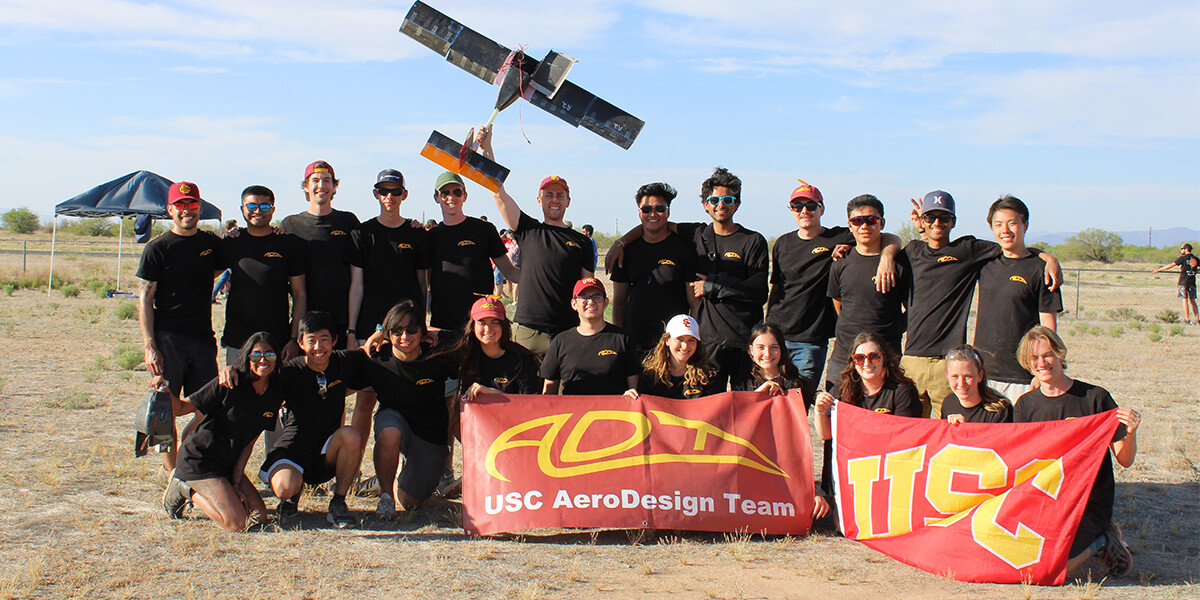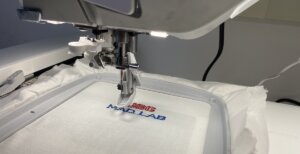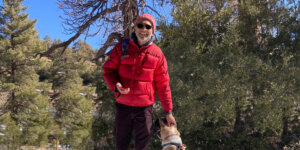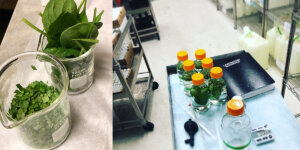
The USC AeroDesign Team at the 2023 AIAA Design/Build/Fly competition, held at Tucson International Modelplex Park Association
Who isn’t fascinated by the phenomenon of flight? At some point, we’ve all looked up at the sky and experienced a flicker of wonder as a bird, a plane, or an unidentified flying object enters our field of vision. The students who form the USC AeroDesign Team (ADT), based within the Department of Aerospace and Mechanical Engineering, just happen to have taken that fascination to the next level: a personal obsession with the mechanics, optimization and artistry of aircraft design.
The team’s track record of success in the AIAA Design/Build/Fly competition is a testament to the many hours of lab work and test flights that ensure a strong finish at the fly-off. The competition involves designing a brand new aircraft to meet a series of specifications based on a timely theme – such as carrying a payload of vaccine syringes, or an electronics package to be delivered to a war zone. In recent years, the team has repeatedly finished in the top 5%, and has achieved 1st place three times.
Since becoming ADT’s primary faculty advisor in 2022, Saakar Byahut is determined to expand the team’s resources and capabilities. “AeroDesign is one of our most popular student-run design initiatives, equipping members with the essential practical skills they’ll need in the professional sphere,” Byahut explained.
“Over the course of the year, we essentially go through a mini industrial development cycle: from conceptual design and mission simulations, to presenting the design to industry professionals and alumni for feedback, to actually constructing the aircraft and undergoing a series of tests. A whole design project: from paper to construction, to test flights and refining, to finally delivering something at competition.”
Why fly?
The quality of the design and performance of the aircraft correlates directly with the time, talent and curiosity the students dedicate over the course of a year. For many members of the team, their imagination was captured early.
“I grew up in California, and every summer I would visit the Wright-Patterson Air Force Base and the National Airforce Museum near Dayton, Ohio,” said Jack Ahrens, ADT’s Chief Engineer for the 2023 competition year and a master’s student who has been involved in the team for all five years of his time at USC. “My grandparents would take me to see the models of historical aircraft, from a replica of the first aircraft designed by the Wright brothers, through to World War II and Vietnam era fighter planes, and even a B-2 bomber – one of the coolest stealth aircrafts ever made.”
For Jennah Saqib, the team’s Aerodynamics, Stability and Control Lead, the joy is in the design process itself. “I’ve always been really interested in astronomy and space travel, and I originally wanted to study the stars,” she said. “In elementary school, I joined a robotics team and became really interested in mechanics. Later, in high school, I discovered how fun it was to bring a design from concept to reality. I thought – what if I could combine that process with everything I love about space and flight?”
As a general member of the team, David Sztajnbok enjoys having the freedom to do “a little bit of everything,” stopping by for lab hours and learning about the roles of the different design leads. “When deciding what to study, I was undecided between aerospace and mechanical engineering,” he recalls. “But then I took an incredible introductory course with Professor Spedding – it combined everything I loved about math, physics and fluid dynamics, and then that mystery element of flight. ADT gives me the chance to apply that knowledge to the structural design and programming that determines how the plane will actually fly.”
And Byahut? Originally from Katmandhu, Nepal, he grew up on the flight path from the country’s primary airport. “Because the airport is located in a valley, the takeoffs and landings are spectacular,” he said. “We lived a short drive away, and there was a small roof terrace by the terminal where you could watch the planes. There was also a field to one side where you could lie down on the grass and watch. I was a very hyperactive kid, and it turned out that was one of the few things that would calm me down.”
What’s next?
Since last year, the size of the team has risen by over 50%, in part because of the open-minded recruiting policy, which invites students from across USC to apply. At root, it’s a policy based on an understanding of how the phenomenon of flight inspires the mind and motivates behavior. A consistent baseline of fascination is more important than prior training and expertise. “You come in, you get safety trained, then you get involved pretty much straight away,” said Byahut. “There are no barriers to entry.”
It goes without saying that a larger team requires more funding – especially when it comes to ensuring that as many students as possible have the chance to attend AIAA Design/Build/Fly, which takes place at a different major U.S. airfield each year.
Byahut also dreams of establishing an experimental research and development branch of the team, working alongside the core group and focusing on the brief provided by Design/Build/Fly. “We’ve started 3D printing a lot of components, and students have had to learn how to use that technology from scratch,” said Byahut. “But what if we had students dedicated to investigating new construction techniques, proposing ideas to optimize the current design or feeding into ideas for next year’s aircraft?”
One thing’s for sure – the students are ready for the challenge. “After all those months in the analysis and planning phase, watching your aircraft fly is the best feeling there is,” said Saqib. Sztajnbok agrees. “At this stage, I’m remaining open to potential career options – as long as it’s anything that will get me closer to planes.”
Published on June 2nd, 2023
Last updated on August 20th, 2024











